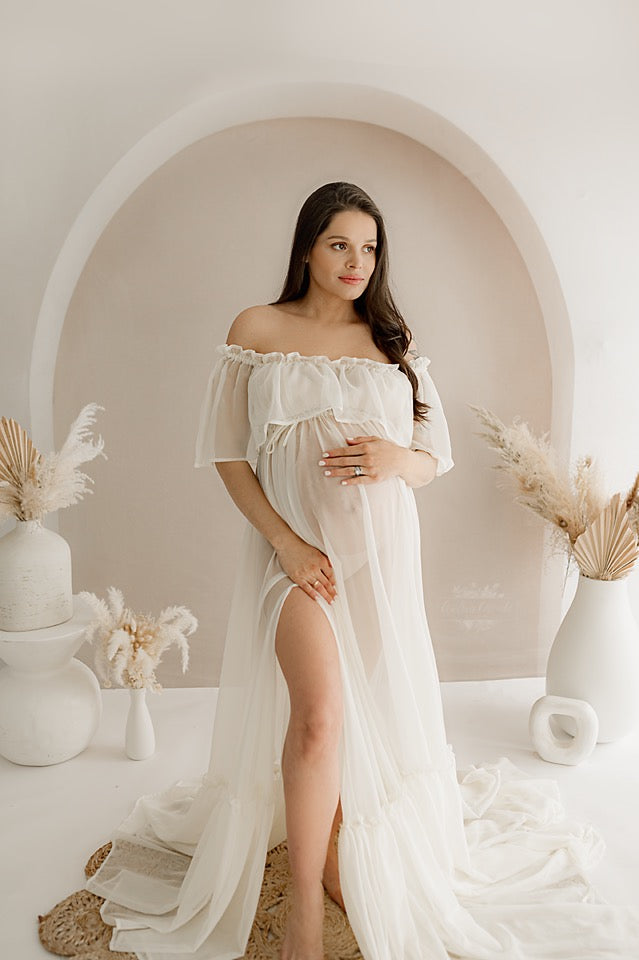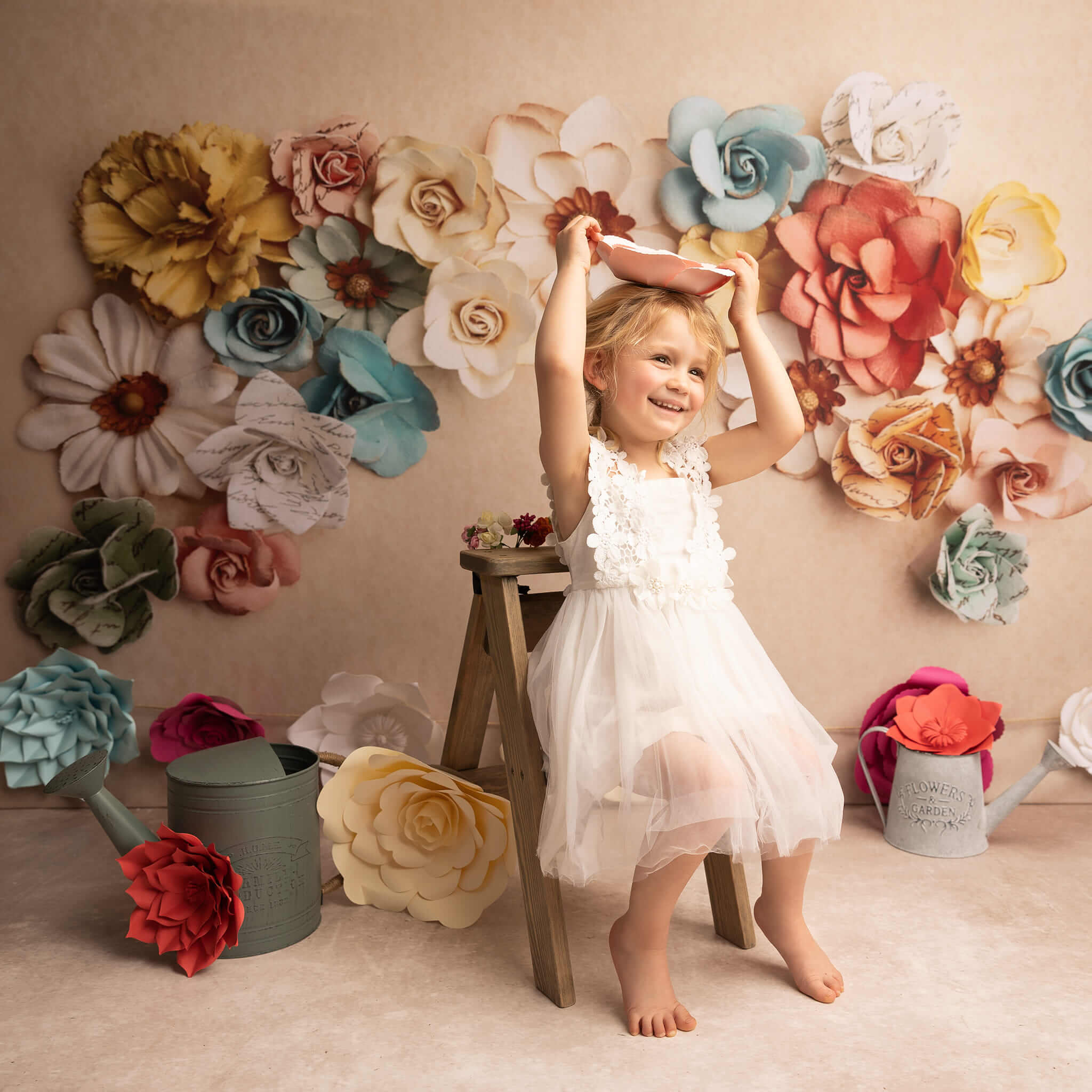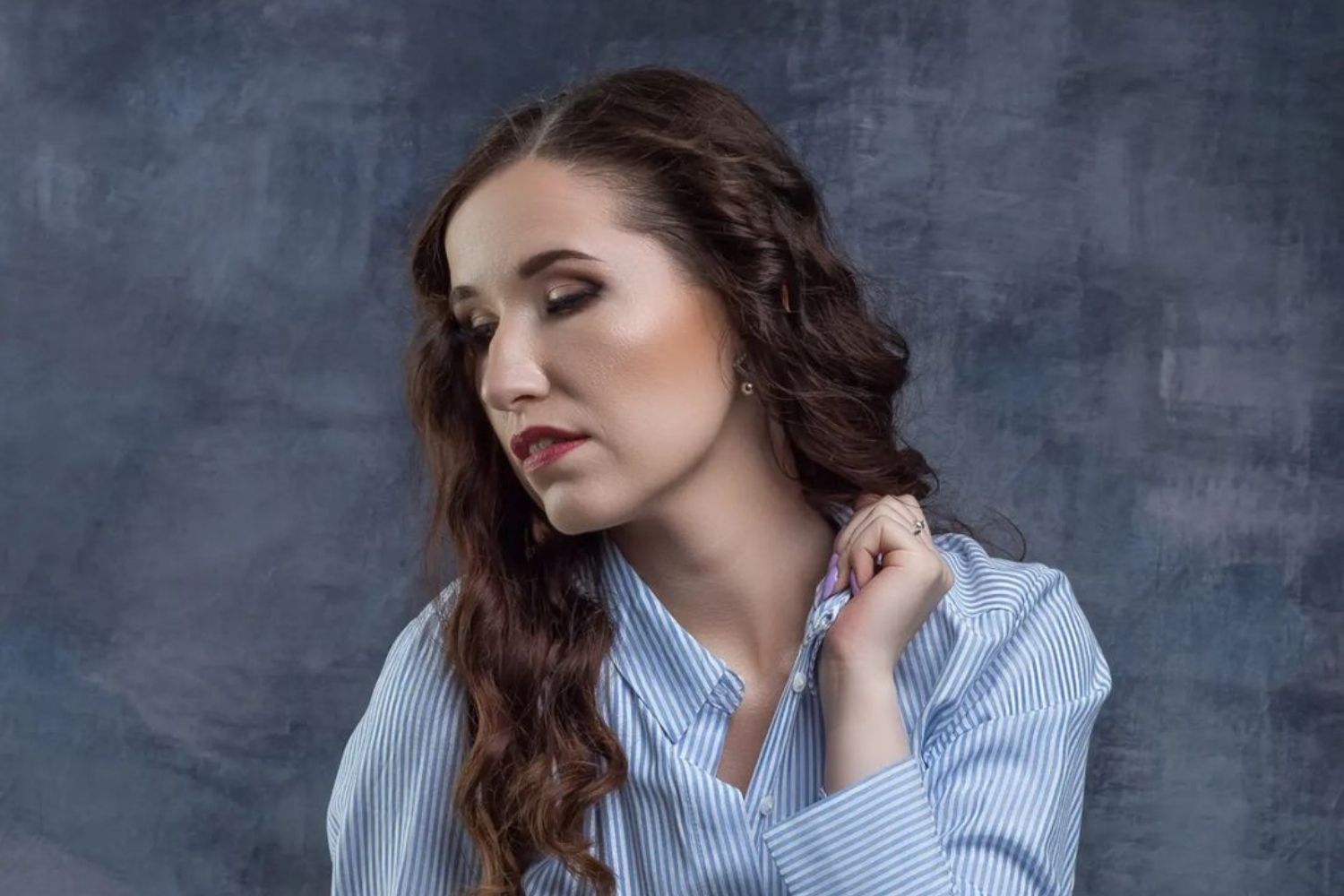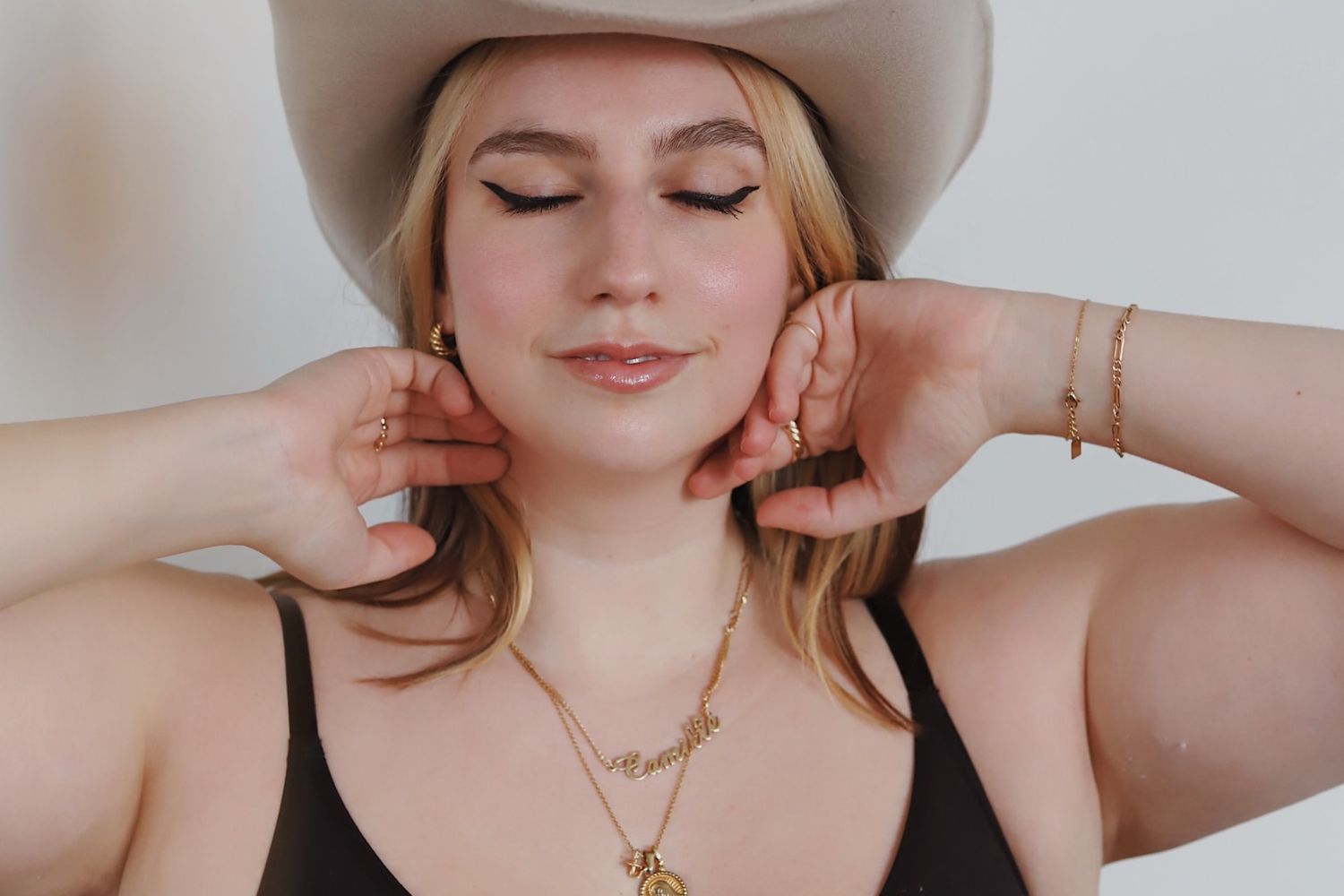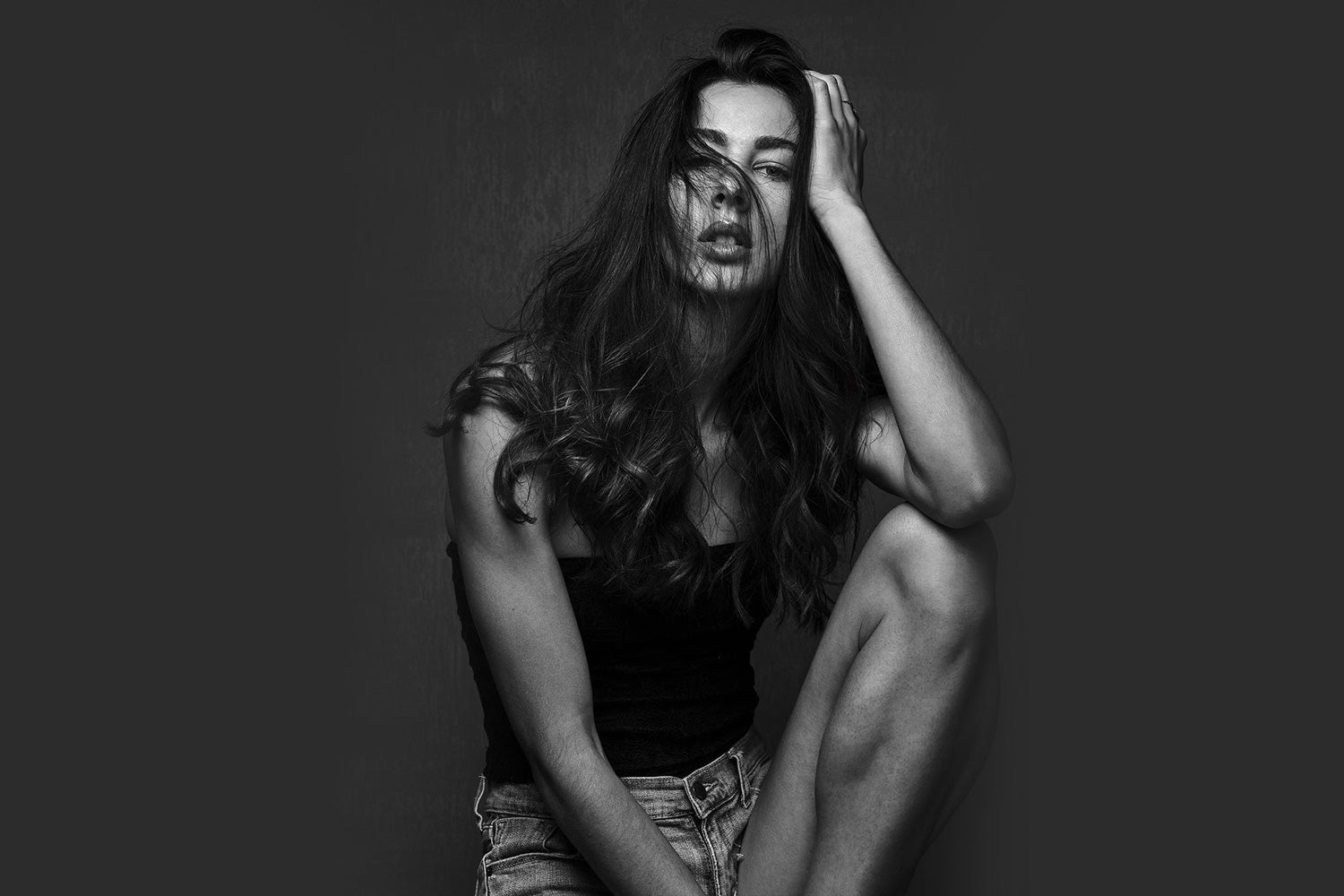When taking photos, it is important to avoid shadows. Shadows can be a distracting and unsightly element in your photos. In this blog post, we will discuss why you get shadows and tips on how to avoid them.
Why Do You Get Shadows
An obstruction of light causes shadows. They can occur on backdrops for a variety of reasons.
1. Using a light source that is too bright or too direct: If you are using a light source that is too bright, it can cause shadows.
2. Not having enough light: If you don't have enough light, your subject will be in shadow. You can avoid this by using a reflector.
3. The wrong type of background: If you use a white backdrop, shadows will be more visible. A black backdrop will absorb light and minimize shadows.

Kate Hot Sale 6x9ft Solid Yellow Cloth Backdrop Portrait Photography
4. Subject too close to the backdrop. If your subject is too close, their body will block some of the light and create shadows:
Tips on Avoiding Shadows on Your Backdrops
There are a few ways to avoid shadows in your photos:
1. Understand the Nature and Direction of Light
Lighting is everything when it comes to photography. The right light can make a good photo great, while the wrong light can ruin even the most perfectly composed image. If you are using artificial light, you need to understand the nature and direction of that light.
Light travels in a straight line, so any objects in the way of that light will cast a shadow. When light comes from the side, it will create a shadow that is perpendicular to the light source. When light comes from above, the shadow will be cast downwards.
Understanding this basic principle can help you know where to position yourself, the camera and your subjects accordingly to get the desired effect.
2. Place Your Subject Matter in the Right Spot
Once you have your lighting set up the way you want it, the next step is to position your subject matter in the right spot.
Positioning your subject is key to avoiding shadows. If you are outdoors, have your subject stand in the shade. This will help minimize the amount of shadows on their face.

Kate Red White and Blue Wood Backdrop for Photography Designed by Pine Park Collection
If you are shooting a person or object, make sure they are not too close to the backdrop. This can create a shadow that will be visible in your photo. Instead, position your subject matter a few feet away from the backdrop to avoid this issue.
If you use a white backdrop, place your subject closer to the light source. If you are using a black backdrop, place your subject further away from the light source.
You will also want to ensure that your subject matter is not too close to the lights. If they are too close, they may end up being overexposed in your photo. Instead, position your subject matter a few feet away from the light source to avoid this issue.
Finally, make sure that your subject matter is not blocking any of the lights. This can create an uneven light that will result in shadows being visible in your photo. Instead, position your subject matter so that they are not blocking any of the lights. Having them pose slightly towards the side will help cast the shadow away from the backdrop.
3. Manipulate Light to Your Advantage
One way to avoid shadows in your photos is to manipulate the light to your advantage. You can do this by using a flash or shooting in low-light conditions.
If you are using a flash, position it so that it is bouncing off of a wall or ceiling. This will help to evenly distribute the light and reduce the chances of creating shadows. You can also experiment with using a diffuser to help soften the light from the flash.

Kate Abstract Backdrop Grey Tuxture Designed by Jia Chan Photography
If you are shooting in low light conditions, use a slow shutter speed. This will help to capture more light and reduce the chances of creating shadows. You may also want to increase the ISO on your camera to help capture more light.
It is important to experiment and see what works best for you with any lighting situation. By manipulating the light, you can avoid shadows and get the best results for your photo.
4. Move Camera Away From Light
If you are still having trouble getting rid of shadows in your photo, try moving your camera away from the light source. This will help to reduce the amount of light that is hitting your subject and will help to avoid creating shadows.
You may also want to experiment with using a longer lens. This will help to capture more light and will help to avoid creating shadows.
5. Camera Setting
The type of camera you are using will also affect the shadows in your photos. A DSLR camera will have a larger sensor to handle more light. This will help to avoid any shadowy areas in your photos. If you are using a point-and-shoot camera, try to use the flash to help fill in any shadows.
In addition to the above tips, there are a few camera setting changes that you can make to help reduce shadows in your photos.
First, try increasing the aperture on your camera. This will help to let in more light and will help to reduce the chances of creating shadows. We recommend using an aperture of f/8 or higher.

Kate Abstract Gradient Green to Pink Backdrop Designed by Kate Image
Second, try using a faster shutter speed. This will help to capture more light and will help to reduce the chances of creating shadows. We recommend using a shutter speed of 1/250 or faster.
Third, try using a higher ISO setting. This will help to let in more light and will help to reduce the chances of creating shadows. We recommend using an ISO of 800 or higher.
6. Meter the Light
Use a light meter to measure the light. Metering the light is an excellent way to ensure that you are not overexposing your photo. If the light is too bright, it will cause shadows. If the light is too low, your subject matter will appear dark.
To meter the light, position the camera so that it is pointing towards your subject. Then, press the metering button on your camera to take a light reading. You can then use this information to help determine the best camera settings to use. We recommend a reading of around F/2.8 @250th for highlights and a reading of F/2.8 @90th for shadows.
7. Illuminate Your Shadows
If you are taking photos in a dark area, try to use a light source to illuminate the shadows. This will help to bring out any details that may be lost in the darkness.
You can use a flashlight to light up a dark area. You can also use a reflector to fill in any shadowy areas.
8. Use Reflectors to Fill in Shadows
If you are having trouble getting rid of shadows in your photos, try using a reflector. A reflector is a piece of white or silver material that reflects light back onto your subject. This can help to fill in any shadows that may be present in your photo.
To use a reflector, position it to reflect light onto your subject. You can experiment with different positions to see what works best. You may also want to try using multiple reflectors to get the best results.
9. Use Photoshop or Other Editing Software to Correct Any Shadows That May Have Been Captured in Your Photos
If you have already taken your photos and shadows are present, don't worry. There are several ways you can fix this in Photoshop or other editing software.

Kate Oil Painting Flowers Backdrop Vintage Hand Painted Texture Designed by GQ
First, try using the "Shadow/Highlight" tool. This tool will help to even out the light in your photo and will help to reduce the appearance of shadows.
To use the "Shadow/Highlight" tool:
- Open your photo in Photoshop or other editing software.
- Select the "Shadow/Highlight" tool from the toolbar.
- Adjust the settings to taste and then click "OK."
If the "Shadow/Highlight" tool doesn't quite do the trick, try using the "Burn" tool. The "Burn" tool will darken the shadows in your photo and will help to reduce their appearance.
To use the "Burn" tool:
- Open your photo in Photoshop or other editing software.
- Select the "Burn" tool from the toolbar.
- Adjust the settings to taste and then click "OK."
Conclusion
Shadows can be a great way to add depth and dimension to your photos. But sometimes, they can be a nuisance. By following these tips, you can avoid shadows in your photos. Experiment and have fun. And don't forget to take lots of photos.
If you like this article, please share it! Be sure to join our FB Group: https://www.facebook.com/groups/Katebackdrops/. to share your ideas! You can also receive free articles, updates as well as discounts information from https://www.katebackdrop.com/ and our FB Group.

 Custom Printed Fabric Backdrops
Custom Printed Fabric Backdrops Custom Rubber Floor Mats
Custom Rubber Floor Mats Custom Collapsible Backdrops(double-sided)
Custom Collapsible Backdrops(double-sided) Custom Hand Painted Canvas Backdrops
Custom Hand Painted Canvas Backdrops Custom Vinyl Backdrops
Custom Vinyl Backdrops Arch
Arch